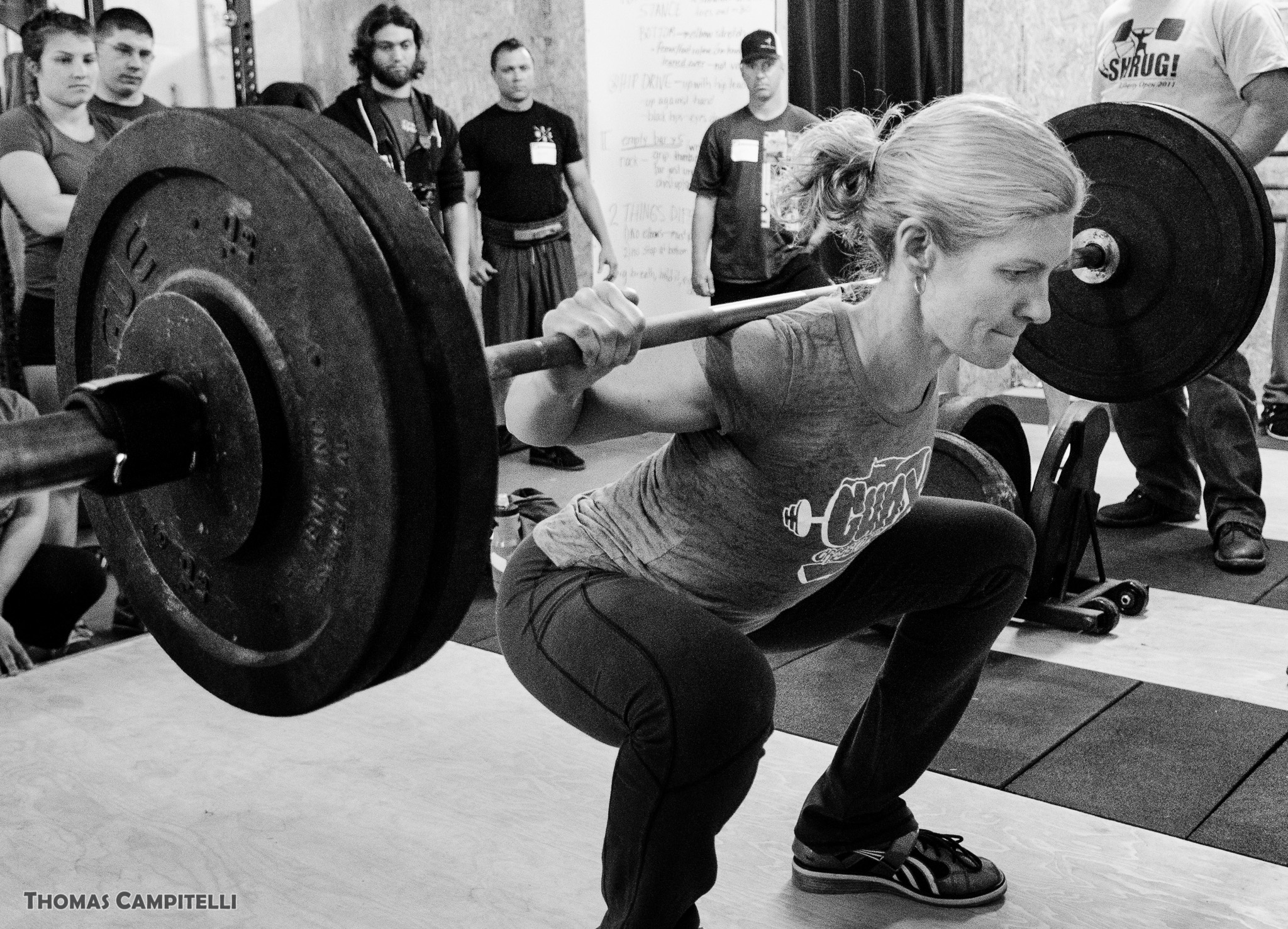By Mark Rippetoe
http://pjmedia.com/lifestyle
November 26, 2014

The “New Year’s Resolution” must be one of the most ridiculous of human customs. You identify a problem you’re having, and then you wait until January 1 of the next year to address it, in the spirit of a group-participation event that nobody completes and nobody approaches seriously. You decide that you’re going to quit eating chocolate or stop scratching your feet. You stop until January 5. You’re typical.
In the gym business, New Year’s Resolution business used to be a bigger factor than it is now. Twenty-five years ago, fewer people participated in the fitness industry during the regular course of the year, so more people were free to buy memberships in January they weren’t going to use. Back then, New Year’s business was a significant percentage of the year’s gross, and the leveling off of this spike is really a good thing for everybody. The gym isn’t as crowded with amateurs for the three weeks after their hangovers are gone, and more people are using the gym more of the year.
But if you fall into the category of die-hard NYRers that insist on giving it a shot this year — again — let me suggest a different approach this time: strength training.
Training is the systematic approach a person employs to improve a physical ability. Preparing for a marathon, a football season, or a weightlifting meet are examples of training. They require an analysis of the specifics of the task, an assessment of where you are now in relation to where you want to be, and a plan for getting there. The plan and its constituent components are the training. The constituent components are theworkouts, and each workout is important because together they produce an accumulation of increasing physical capacity. The plan that controls and directs the process is what makes training different than what you did last year.
Exercising is what you did last year.
When you stop by the gym after work, change clothes, go to the dumbbell rack and do some curls or sit on your favorite machines and wiggle the levers around, ride the treadmill for 20 minutes while you watch the news, take a sauna and a shower, get back in the car and go home, you’re Exercising. If Training is a process, Exercising is what you do without a process in mind.
Exercising is what you do for today — for the way it makes you feel when you get through doing it. Hot. Sweaty. Out of breath. Tired. The “pump.” It’s about the positive feelings of accomplishment it produces Right Now. Exercise is the act of penance for your urban sins on the way home from work, and no plan/process/goal need be involved. The only thing it really requires is that you punch the ticket. Do the time. Get something — anything — done.
The problem with Exercise is the absolutely incontrovertible fact that it stops making things change almost as soon as you get used to the idea of doing it.
Adaptation (sorry for all the vocabulary words, but we must be precise) is the change that happens to your body when you push it harder in a direction it hasn’t been pushed before. The pushing-part is called stress, and a stress event is the stimulus that makes an adaptation occur. Recovery is the process of biological change within the body that allows the adaptation to occur. It’s the healing made necessary by the stress. The adaptation is the change that enables your body to withstand the stress next time. Adaptation is a feature of all living things. Basic biology in action.
Training harnesses the power of the stress/recovery/adaptation cycle. It allows the adaptation to follow a specific direction, one that produces the physical result you want, when you want it.
Planning your workouts is all it takes, and a little planning prevents both a lot of wasted time and the failure of your New Year’s Resolution, again. Here’s why.
Most people have something in mind when they start going to the gym. Nobody actually plans to get nothing accomplished. That just happens because no plans have been made. The process of stress, recovery from the stress, and adaptation to the stress must be managed so that it continues in a definite direction, because once an adaptation occurs, it takes a bigger stress event to make the process continue.
Messing around on the machines and riding the treadmill for 20 minutes is not training, because after you do it the first time, you adapt to it. It’s not hard the second time, because it wasn’t really very hard the first time. Repeating it over and over causes nothing new to happen, even if you still get sweaty, hot, and tired, because sweaty, hot, and tired (SHT) happens as a result of just burning calories at a higher-than-baseline rate.
It happens at work for years on end, if you have that kind of job.
This is very important: SHT doesn’t necessarily mean that an adaptation is taking place. SHT just means that you’re working hard enough to activate the adaptations that have already taken place.
Face it, kids. Getting SHT may only mean that you live in Houston. If you don’t do more work at the gym than you did last time, nothing is going to change, because you haven’t made it change. You can go to the gym every single day, seven days a week, 365 days a year, get SHT, and still not make anything adapt. I know this, and so do you. I’ve been in this business for 37 years, and you’ve been in this business every January since you got out of college.
Read the entire article here:
No comments:
Post a Comment